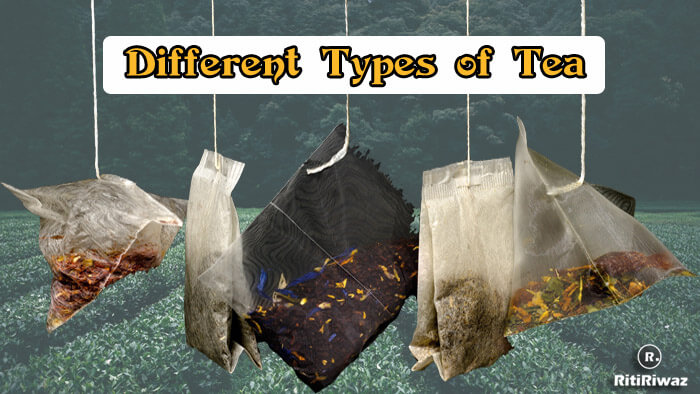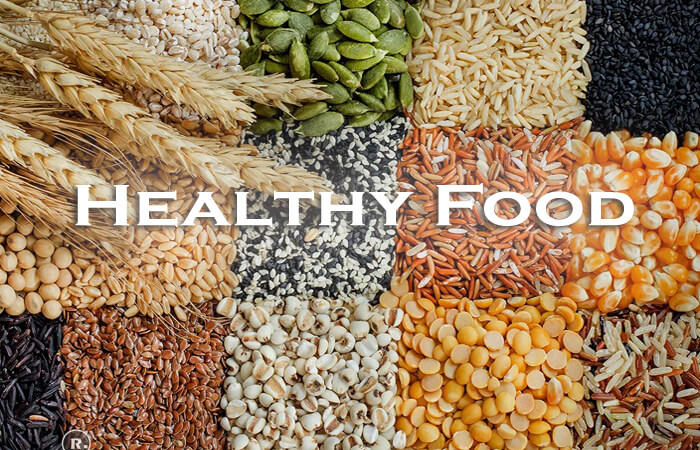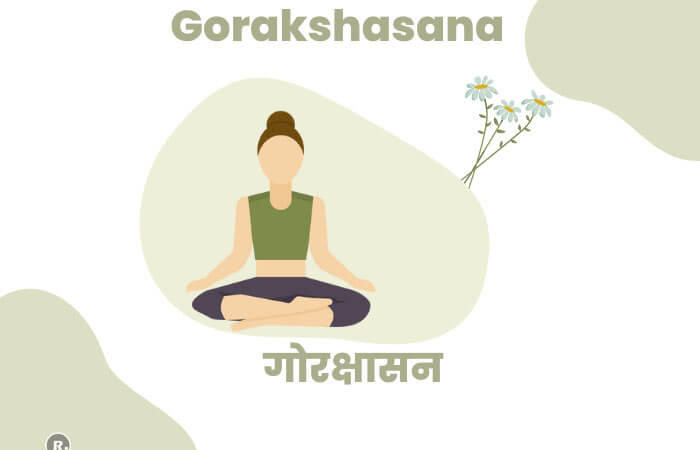Different Types of Tea

Chai (चाय) is a Hindi word for Tea and India is the 2nd largest producer and highest consumer of tea globally. Tea in India is not only a drink to begin your day but has become an integral part of the culture and life of every Indian. Indian can’t spend a day without a good cup of tea. Offering Tea to guests is considered the best way to greet guests. Chai has become a sign of hospitality and it builds connections like no other form of food or drink.
Tea is considered the ideal companion for many occasions in India. It’s the perfect way to enjoy a rainy day, the comforting cup on a winter morning, and even a soothing drink on a hot summer afternoon. Tea is known to stimulate the senses and refresh the mind and body. Therefore, it is consumed before big meetings, on a bad day, and to make your good day even better. Today, people beat the heat and chill in the winters with different flavored tea.
What is Tea
Tea is a common beverage made from steeping processed Camellia sinensis leaves with hot water. There are two main varieties of Camellia sinensis: Sinensis (smaller leaves) and Assamica (larger leaves). Another variety called Cambodia is thought to be a hybrid of Sinensis and Assamica but it is rarely used to make high-quality tea. Tea found in India is categorized into 3 types namely Assam tea (highest cultivation), Darjeeling tea (Superior quality tea), and Nilgiri tea (subtle and gentle flavors).
The trend of drinking tea in India
India is a predominantly tea-drinking country and the number of tea drinkers outnumbers the coffee consumers with a wide margin. They have their own version of making a tea of different varieties, you can find a number of street vendors (chaiwallahs) selling tea in every busy street and neighborhood anywhere in the country. Tea is served in the best possible flavors, with the right mix of tea leaves, milk, sugar, and spices. you can differentiate Tea as a roadside affair while coffee is more an indoor beverage.
In ancient times chai was not the term used for tea as we know it today, but for a healing concoction made by brewing herbs and spices, much like the traditional Kada. Earlier chai don’t have tea leaves and their recipes differ according to the seasons and available ingredients. According to a legend Sanjeevani Buti (and its concoction), which brought a comatose Lakshman alive in the epic Ramayana, is the first chai. Interestingly, the shrub that finds mention in each of the tales is akin to Camellia sinensis, a tea shrub that was discovered by the British in Assam in 1823.
Cultivation of Tea in Assam dates back to the 12th century, leaves of tea shrubs that grew wild were used as medicine by the Singhpo tribe in Assam. The Britishers discovered that the Assamica variety of tea was much better suited to the region than the Chinese Sinensis variety growing at higher elevations and colder climates. Indian tea production grew significantly under the British who employed native people to work in the fields.
Tea with milk was developed by travelers and traders from Gujarat, Maharashtra, and Bengal, who had easy access to good quality milk. Sweet milky chai soon became the go-to drink and later its more variety like masala chai were born. Today there is a various variety of chai like Mumbai’s cutting chai, Irani chai of Hyderabad, fragrant Darjeeling chai, the mellow Assam chai, the strong masala chai of Gujarat, and the pink Kashmiri chai. Indians love their kadak, doodhwali, masala chai and so many more varieties.
Types of Tea
Nowadays when you look around you can see numerous tea varieties; white, black, green, yellow, Pu’erh, purple, Darjeeling, herbal, and flavored or unflavored varieties. Each of these teas is made from the same tea leaves, technically called the Camellia sinensis plant, but are grown, processed, and produced differently. What makes the different types of teas unique in terms of appearance, taste, and nutritional content is the processing of the leaves once they have been picked. Specifically the oxidation or fermentation of the leaves. Below are different types of Tea available in the market.
White Tea
White tea also called Silver Needles is created from new buds and young leaves of the Camellia sinensis plant, which helps explain why it has the most delicate flavor. Because of this, white tea is much more expensive, since far less product is yielded from the same process. Like green tea, white tea is rich in catechins, providing the same antioxidant benefits.
Green Tea
Green tea is prepared from the fresh or withered, lightly heated or steamed leaves of the Camellia sinensis plant. Green tea is unoxidized, which is why it retains its natural green color. When it comes to the health benefits of tea, green tea certainly gets the most attention.
Suggested Read: Advantages and Disadvantages of Drinking Green Tea
Yellow tea
Yellow tea is a rare tea that is produced in small quantities and only in China. It’s a lengthy process that usually requires the skills of an experienced tea master. High-quality yellow tea is made from buds plucked in the early spring
Oolong Tea
Oolong tea is a cross between black tea and green tea. Oolong tea is semi-oxidized, giving it the complexity and depth of a black tea, but the brightness and earthiness of a green tea. In terms of health benefits, it has somewhere between the benefits of black tea and green tea.
Black Tea
Black tea is derived from the Camellia sinensis plant. Leaves of the plant are crushed, curled, rolled, or torn and then left to oxidize before they’re dried and sold. Because black tea is fully oxidized, some of the polyphenols, the phytonutrients found in tea, are broken down, so overall it has a lower phytonutrient composition than does white or green tea. Take black tea and add ginger and cardamon (and sometimes cinnamon, clove, or anise), then serve it with milk and sugar, and you get masala chai.
Pu’erh Tea
Pu’erh is a tea that has been fermented and aged, then packed into cakes or bricks. Like a fine wine, it’s believed that pu’erh tea gets better as it ages if it has been stored correctly. It is considered an ultimate health beverage.
Herbal Tea
Herbal tea is not actually tea, as it does not contain the Camellia Sinensis plant. This is why herbal tea is naturally caffeine-free. Herbal tea consists of herbs, spices, and other plants that are boiled or steeped in hot water. Common herbal teas include peppermint, chamomile, lemongrass, rooibos, and hibiscus. Other health-promoting herbals include turmeric, ginger, valerian, jasmine, lavender, and rose. The health benefits of herbals are innumerous.
Suggested Read: International Tea Day






